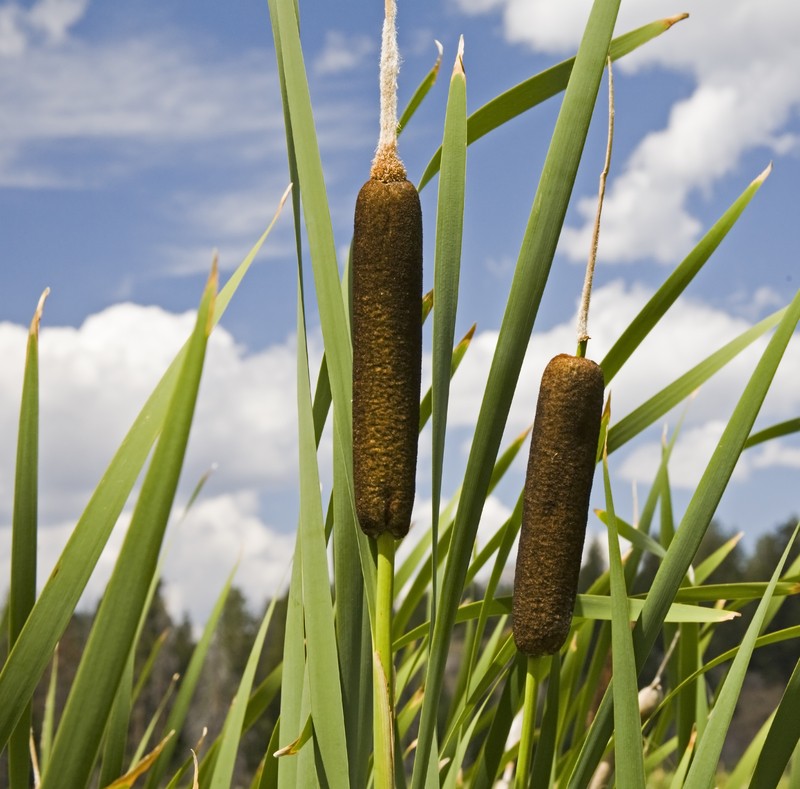Chances are if you have to live off the land for quite a while, you will run really low or out of the food in your bug out gear. Then you will have to turn to what you can find in nature for food. This is a situation where knowing some foraging tips will keep in handy. They may even save your life!
Tips For Foraging Seven Most Common Edible Plants Are:
Pine
There are over a hundred different species of pine around the world. Some species of pine have large edible seeds.You can also use the needles for medicinal purposes. Add some pine needles to simmering water to make a tea.
NOTE: Some species of pine are poisonous! This is where your book on edible plants will come in handy.
Clovers
Clovers are easily spotted by their distinctive trefoil leaflets.You can eat clovers raw, boiled, or sauteed. You can also use the leaves and blossoms to make a tea or pan roast the blossoms until they’re nice and crispy.
Blackberries
They have red branches with long thorns, jagged green leaves, and white flowers with 5 petals. They are delicious! The berries tend to ripen around August to September.
DandelionsIn the spring they have bright yellow buds, but will soon go to seed and transform into a fluffy puffball. They can be found on your lawn and in the woods.
The roots, leaves, and flower of the dandelion are edible. You can eat the entire thing raw or cook them to take away the bitterness. You can boil them in water to make a tea. You can also use the flower as a garnish for your dandelion salad.Wild Onions
Wild onions, wild chives, wild ramps, and wild garlic can all be found in fields or forests. Some will have flowers, some may not, but any plant you find that smells like onion or garlic is edible.If the plant doesn’t smell like onion or garlic, do not eat it as there are similar looking plants that are toxic.The whole plant is edible and can be eaten raw or cooked.
Cattails
Cattails can be found near the edges of freshwater wetlands. Most of a cattail is edible. You can boil the roots or eat them raw. You can also eat most of the stem of the plant. The best part of the stem is near the bottom where the plant is mainly white.
Most of these edible plants can be found easily. Some of them can be found in fields or in the woods. Others can be found near water such as cattails.
Luckily for most of the edibles above, the entire plant can be eaten. You can eat some of them raw and you can boil others for a tea.
These foraging tips are definitely important tips to remember when you're trying to make it through during a collapse!
To learn more about useful foraging tips for survival, you can visit Survival Life.

Cattail roots taste like cucumber. Yum.
one of my favorite books